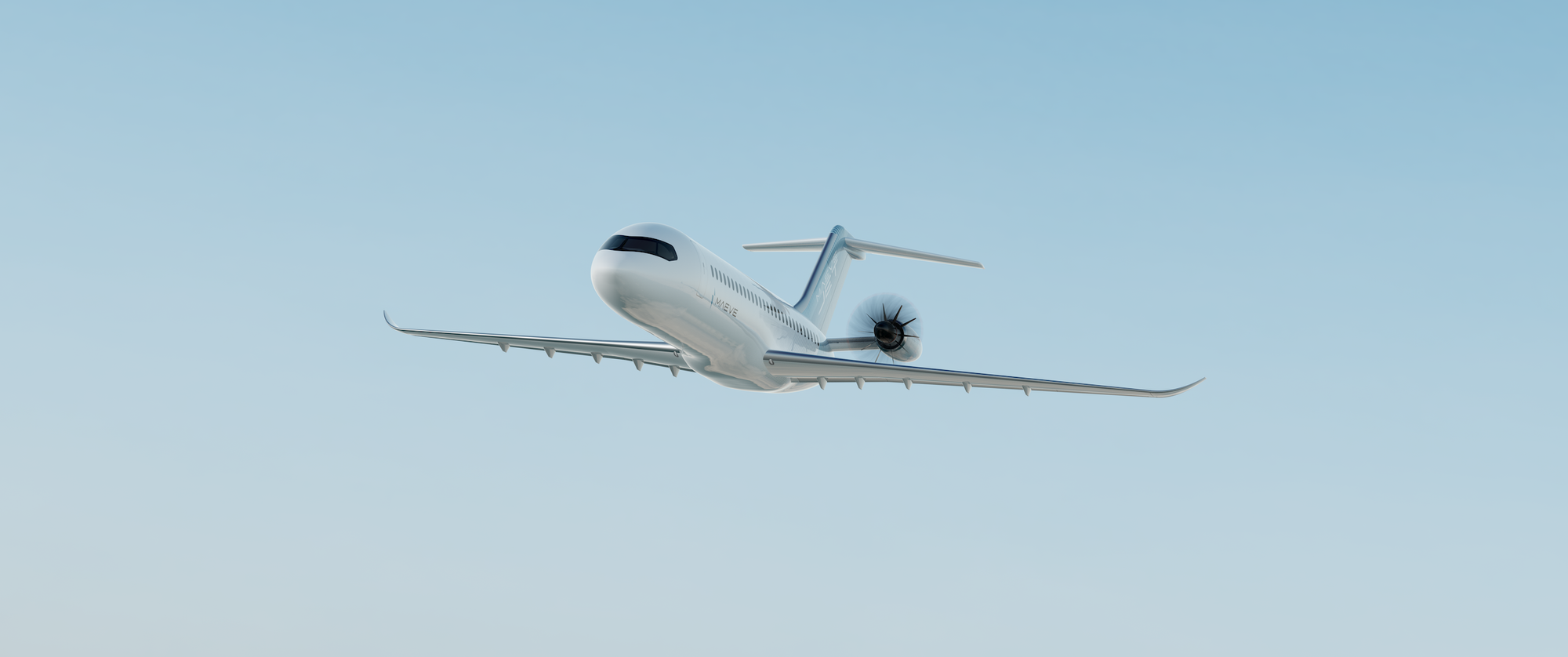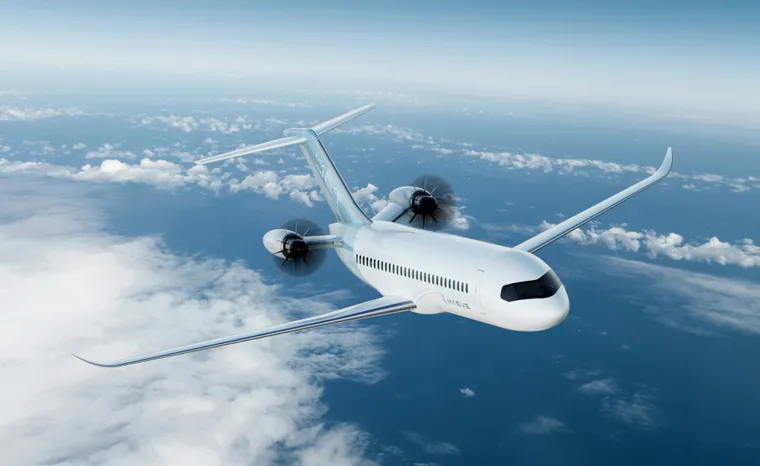The sub-100-seater aircraft category is a tempting one for startup airframers, but it is one littered with the skeletons of failed attempts at every point, from concept stage to certification and even after initial production.
Deadly to many of these attempts has been the “scope clause” contractual agreements between the major US airlines and their pilot unions, which restrict the number, size and maximum takeoff weight (MTOW) of aircraft operated by subsidiary and contractual carriers.
These differ in implementation at Alaska, American, Delta and United, but all have put paid to a variety of aircraft programmes, most notably over the last decade the E175-E2 version of the second generation Embraer E-Jet and the Mitsubishi MRJ/SpaceJet, which were too heavy for the scope clauses owing to their latest-generation engines.
There’s certainly precedent for irrational behaviour in commercial aviation, but scuppering a re-engined aircraft that is essentially the same capacity as the existing E1-generation of E175, which has seen large orders from the US carriers in recent years as pretty much the only game in town that complies with the scope clauses, is certainly up there.
Enter, or rather re-enter, Dutch-German startup MAEVE, supported since November 2024 by MHI RJ — the part of Mitsubishi Heavy Industries that took over the legacy CRJ part of the erstwhile Bombardier commercial aviation unit even as it shuttered its own Mitsubishi Aircraft Corporation airframer — and its third concept aircraft, aimed squarely at the 76–100 seat market.
This is the MAEVE Jet (MJ), which has been specifically designed to fit inside the scope clause niche, focussing more on reducing weight than on increasing range within the category.

Notably, the MJ is a very light aircraft in its class, with a planned maximum takeoff weight (MTOW) of 74,956 lb or 34,000 kg, approximately that of a CRJ-700 and lighter than an E175 (89,000 lb / 40,370 kg) by some 6,000 kg.
In its scope clause-compliant 76-seater configuration, the range aims are 1,450 nm (slightly further than New York-Houston), while in its all-economy mode it aims for 950 nm (which would reach all of Spain from London).
To delve deeper into the MAEVE Jet — including its strikingly unusual cabin in the segment, rear-engined open-rotor turbofan configuration, and the prospects for stretching up to the 150-seater market — The Up Front sat down with Martin Nüsseler, MAEVE’s chief technology officer since 2023.
Nüsseler is well-regarded within the industry, and was previously chief technology officer at Deutsche Aircraft (home of the Dornier 328eco re-engining effort) and before that at Airbus as: vice president for e-aircraft systems, head of engineering for the A350XWB fuselage and head of core engineering (at subsidiary Premium-Aerotec), senior airframe architect for the A350XWB, and head of A400M fuselage engineering.


